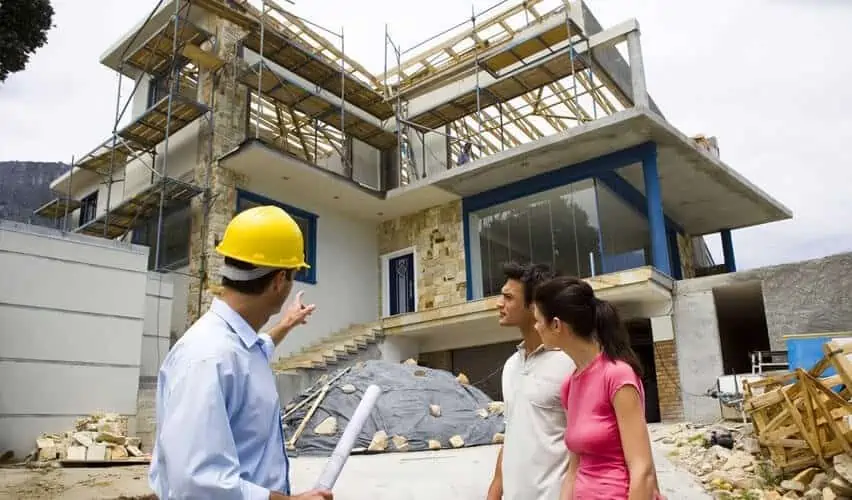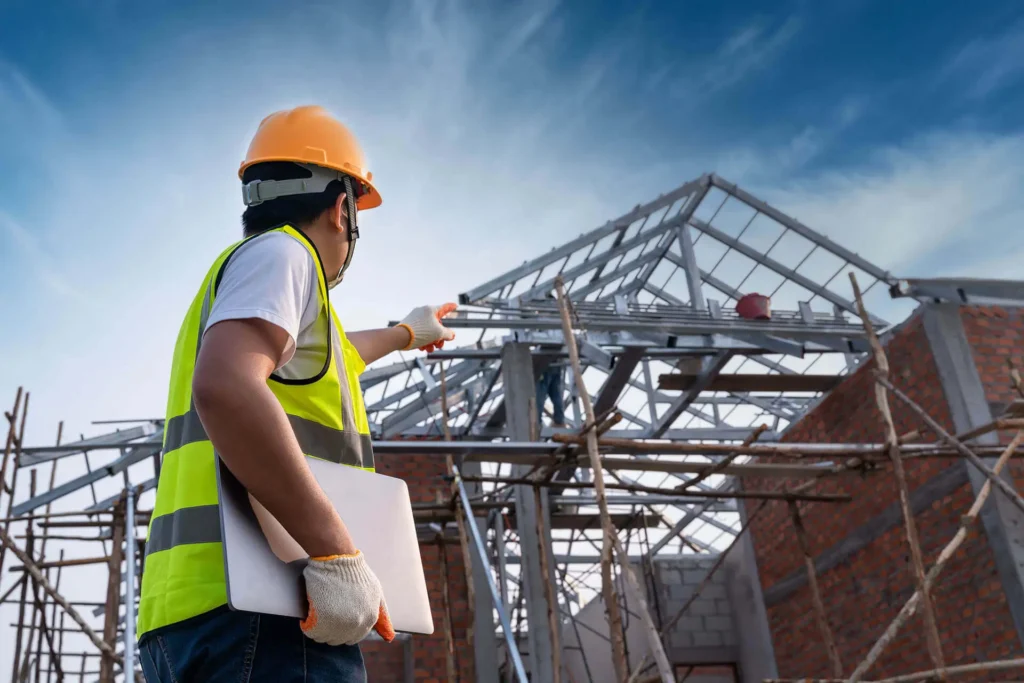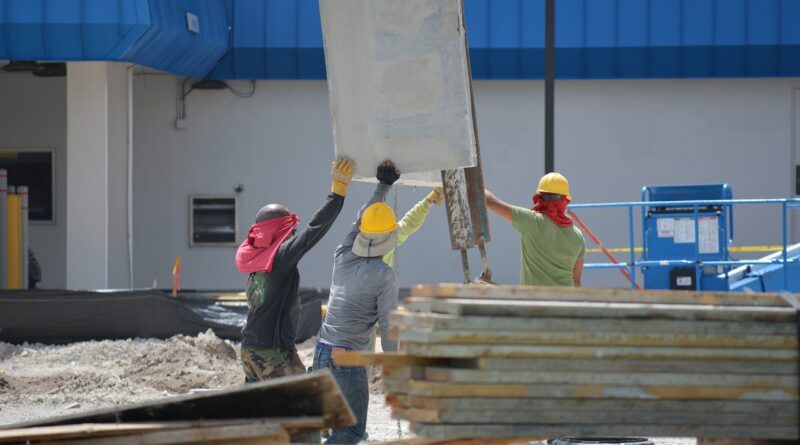How Weather Can Affect Your DFW Construction Plans
When you’re planning a construction project in the Dallas-Fort Worth (DFW) area, one of the most critical factors to consider is the weather. The DFW region experiences a wide range of weather conditions, from scorching summer heat to unpredictable winter storms. These weather variations can significantly impact your construction timeline, budget, and the overall quality of your project. Understanding how weather can affect your DFW construction plans will help you prepare for potential challenges and ensure a smoother building process.
1. The Impact of Hot Summers on DFW Construction Projects
The DFW area is known for its long, hot summers, with temperatures often exceeding 100°F. This extreme heat can cause several problems on construction sites, including:
- Worker Safety: High temperatures increase the risk of heat-related illnesses, such as heat exhaustion and heatstroke. Construction workers must take frequent breaks, stay hydrated, and wear protective gear to avoid heat stress.
- Material Issues: Hot weather can affect the performance of construction materials. For example, concrete can set too quickly in extreme heat, which can lead to cracking. Asphalt may become soft, causing it to deform under heavy machinery.
- Equipment Overheating: Construction equipment, such as cranes, bulldozers, and excavators, can overheat in extreme temperatures, leading to costly delays and repairs.
To mitigate these challenges, construction crews should work during the cooler parts of the day, use shade structures, and implement proper hydration and cooling measures.
2. The Effects of Winter Weather on Construction Timelines
While DFW doesn’t experience harsh winters compared to other parts of the country, the area can still be hit by cold snaps, ice storms, and occasional snowfall. Winter weather can disrupt construction in several ways:
- Concrete Curing: Cold temperatures slow down the curing process for concrete, which can delay construction schedules. In freezing conditions, concrete can even crack if it doesn’t cure properly.
- Site Safety: Icy conditions can make construction sites hazardous for workers, increasing the risk of slips and falls. Frost can also create unstable ground conditions, making it difficult to operate heavy machinery.
- Material Handling: Cold weather can make some materials brittle, and adhesives or paints may not bond properly. This can affect the quality of the build and lead to rework.
To address these issues, contractors can use cold-weather additives for concrete, schedule indoor work during colder months, and implement safety measures for icy conditions.
3. Rain and Storms: Unpredictable Delays in DFW Construction
Rainfall in the DFW area is highly unpredictable, and sudden storms can cause significant delays on construction projects. The impact of rain on construction includes:
- Site Flooding: Heavy rains can flood construction sites, making it difficult to continue work. Waterlogged ground can also lead to foundation problems if not properly managed.
- Erosion and Sediment Control: Rainwater can cause soil erosion, especially on sloped sites. This can lead to unstable ground conditions and may require additional measures to prevent sediment from washing away.
- Delays in Work: Rain can stop outdoor work altogether, as many construction activities can’t be performed in wet conditions, such as painting, roofing, and electrical work.
To minimize rain-related delays, it’s essential to have a drainage plan in place and to monitor weather forecasts regularly to adjust the construction schedule as needed.

4. Wind Challenges in DFW Construction Projects
Windy conditions are common in the DFW area, particularly during spring and fall. High winds can pose several risks to construction projects:
- Safety Risks: Strong winds can make it dangerous to operate cranes, lift heavy materials, or work at heights. Gusts of wind can knock over scaffolding or displace materials, creating hazardous conditions for workers.
- Delays in Certain Tasks: Tasks like roofing, siding, or installing windows can be delayed by high winds. These activities require calm conditions to ensure safety and precision.
- Damage to Incomplete Structures: Partially built structures can be vulnerable to wind damage. Walls, roofs, and other components that haven’t been fully secured can be blown over or damaged, leading to costly repairs.
To manage wind-related risks, construction teams should secure materials and equipment, delay risky tasks during high winds, and reinforce partially completed structures.
5. Tornadoes and Severe Weather: Preparing for the Unexpected
The DFW region is located in Tornado Alley, making it susceptible to severe weather events, including tornadoes, thunderstorms, and hailstorms. These extreme weather events can cause significant damage to construction projects and pose serious safety risks.
- Tornado Damage: Tornadoes can cause catastrophic damage to construction sites, tearing apart structures and scattering debris. Preparing for tornadoes involves having an emergency plan in place, including designated shelter areas and communication protocols.
- Hail Damage: Hailstorms can damage materials, vehicles, and equipment on site. Roofing materials, windows, and siding are particularly vulnerable to hail impact.
- Thunderstorm Precautions: Thunderstorms bring the risk of lightning strikes, which can be deadly on construction sites. Construction crews should cease work during thunderstorms and seek shelter indoors.
To mitigate the risks of severe weather, construction companies should have an emergency preparedness plan, including weather monitoring systems, evacuation procedures, and insurance coverage for weather-related damages.
6. The Role of Weather Forecasting in Construction Planning
Accurate weather forecasting is essential for minimizing the impact of weather on construction projects. Construction managers can use weather data to:
- Plan Around Weather: By monitoring long-term and short-term forecasts, construction managers can schedule critical tasks during favorable weather conditions and delay activities during inclement weather.
- Adjust Project Timelines: Weather forecasts allow construction teams to adjust their timelines in advance, ensuring that weather-related delays don’t cause significant disruptions.
- Implement Contingency Plans: Forecasting helps teams prepare contingency plans, such as rescheduling outdoor work, protecting materials from rain, or reinforcing structures against high winds.
Using advanced weather monitoring tools can give construction teams a competitive advantage, allowing them to stay ahead of weather challenges and complete projects on time.
7. Seasonal Considerations: Timing Your DFW Construction Project
Choosing the right time of year to start your construction project in DFW can make a significant difference in how smoothly the project progresses. Here’s a breakdown of the pros and cons of each season:
- Spring: Spring is a popular time for construction in DFW, with mild temperatures and less rain than in the summer. However, spring can also bring severe thunderstorms and tornadoes.
- Summer: Summer offers longer daylight hours, but the extreme heat can be a major challenge for workers and materials. If you plan a summer project, be prepared for potential heat-related delays.
- Fall: Fall is often an ideal time for construction, with cooler temperatures and lower chances of severe weather. It’s a good time to wrap up outdoor work before winter sets in.
- Winter: Winter construction can be challenging due to cold snaps and occasional ice storms. However, if you’re focusing on indoor work, winter can be a good time to move forward with your project.
By carefully considering the timing of your construction project, you can minimize weather-related disruptions and keep your project on track.

8. Managing Weather-Related Costs in DFW Construction
Weather can have a significant impact on construction budgets, leading to increased costs due to delays, damaged materials, and the need for additional safety measures. To manage weather-related costs:
- Include Weather Contingencies: When budgeting for your project, include contingencies for weather-related delays and repairs. This will help you avoid unexpected expenses.
- Invest in Weather-Resistant Materials: Using high-quality, weather-resistant materials can reduce the risk of damage from extreme weather events. For example, impact-resistant roofing materials can withstand hail better than standard shingles.
- Optimize Scheduling: Efficient scheduling that takes weather into account can help you avoid costly delays. For example, plan critical tasks during seasons with favorable weather to reduce the risk of interruptions.
Proper financial planning and investment in weather-related precautions can help keep your construction project within budget.
- Conclusion
Weather is an unavoidable factor in any DFW construction project, but with careful planning, proactive measures, and flexibility, you can mitigate its impact and keep your project on track. By understanding the challenges posed by hot summers, cold winters, rainstorms, wind, and severe weather, and by implementing strategies to address these challenges, you’ll be better equipped to handle whatever the weather throws your way.




